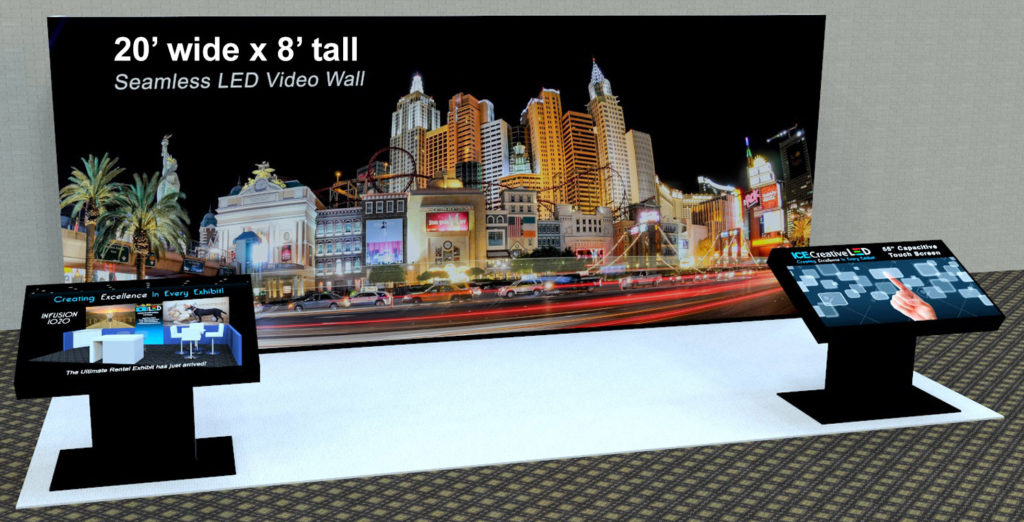The initial step in ensuring color accuracy is understanding how LED systems works. LEDs, or light-producing diodes, generate light in various shades by mixing red, green, and blue (RGB) light. Each dot on an LED screen consists of these three colors. When calibrated correctly, the combination of RGB can produce a broad range of hues. However, if one color is too bright or too dim, it can distort the whole screen. This is why tuning is needed to equalize the hues and achieve the desired graphic result.
Calibration entails adjusting the configurations of the LED screen to ensure that the colors displayed match the original content as nearby as possible. This procedure usually includes using specific software and hardware instruments. Technicians frequently use color measurement devices, such as color meters, to analyze the colors being shown. By comparing the assessed colors to standard color standards, they can make precise adjustments. This ensures that the hues are not only vibrant but also uniform across the entire display.
Another important factor of color accuracy is comprehending the surroundings in which the LED wall is employed. Factors such as surrounding light can significantly affect how hues look. For instance, a brightly lit room may fade colors, making them look not as vibrant. To Learn More Here counteract this, technicians may modify the luminosity and contrast configurations of the LED wall. Additionally, they may select specific color settings that are better appropriate for various lighting conditions. This flexibility helps preserve color accuracy irrespective of the viewing surroundings.

Ultimately, routine upkeep and recalibration are essential for maintaining an LED screen looking its best. Over time, the performance of LEDs can change due to elements like aging and temperature fluctuations. Frequent inspections and modifications can help ensure that the hues stay correct and lively. By investing time in appropriate calibration and maintenance, venues can offer viewers with stunning visual presentations that improve their overall impression. Perfecting color accuracy in LED wall calibration is not just a mechanical job; it is an art that contributes to the wonder of visual narration.